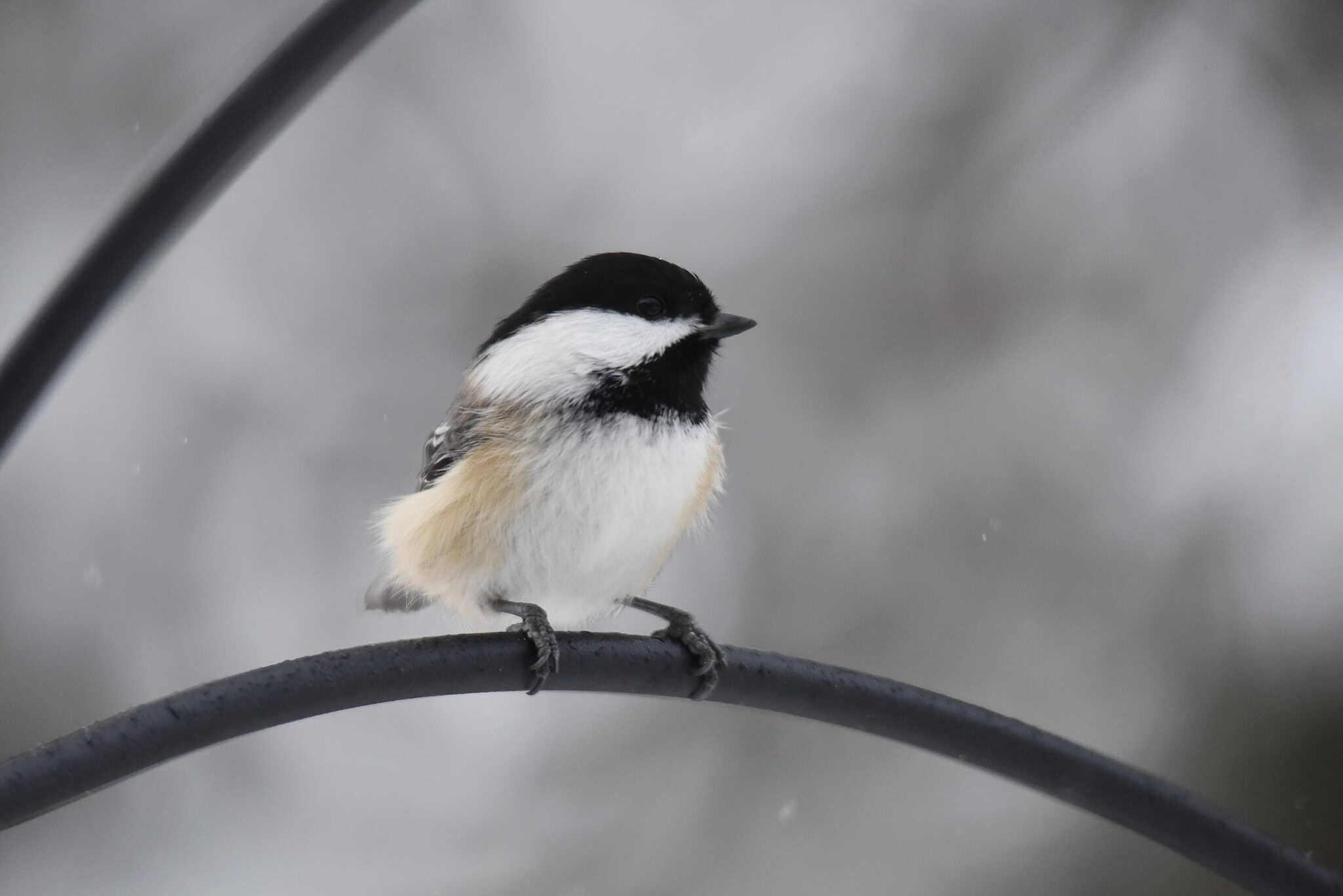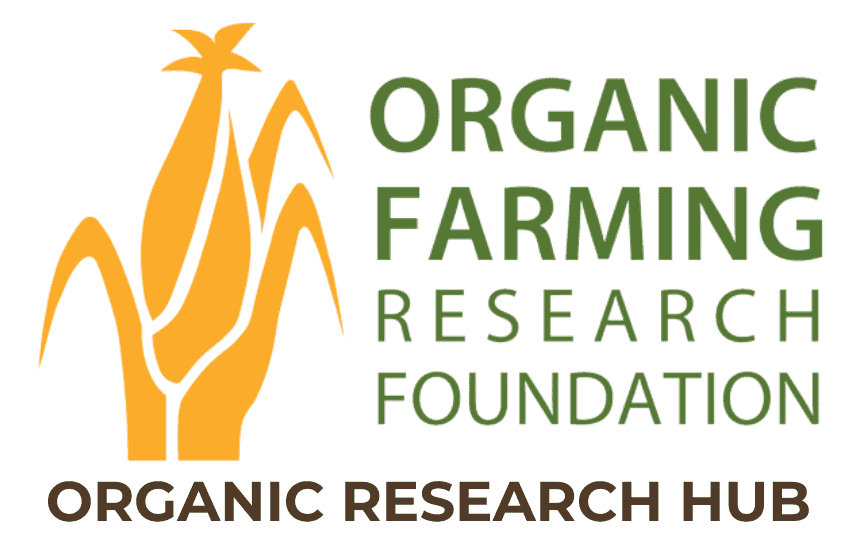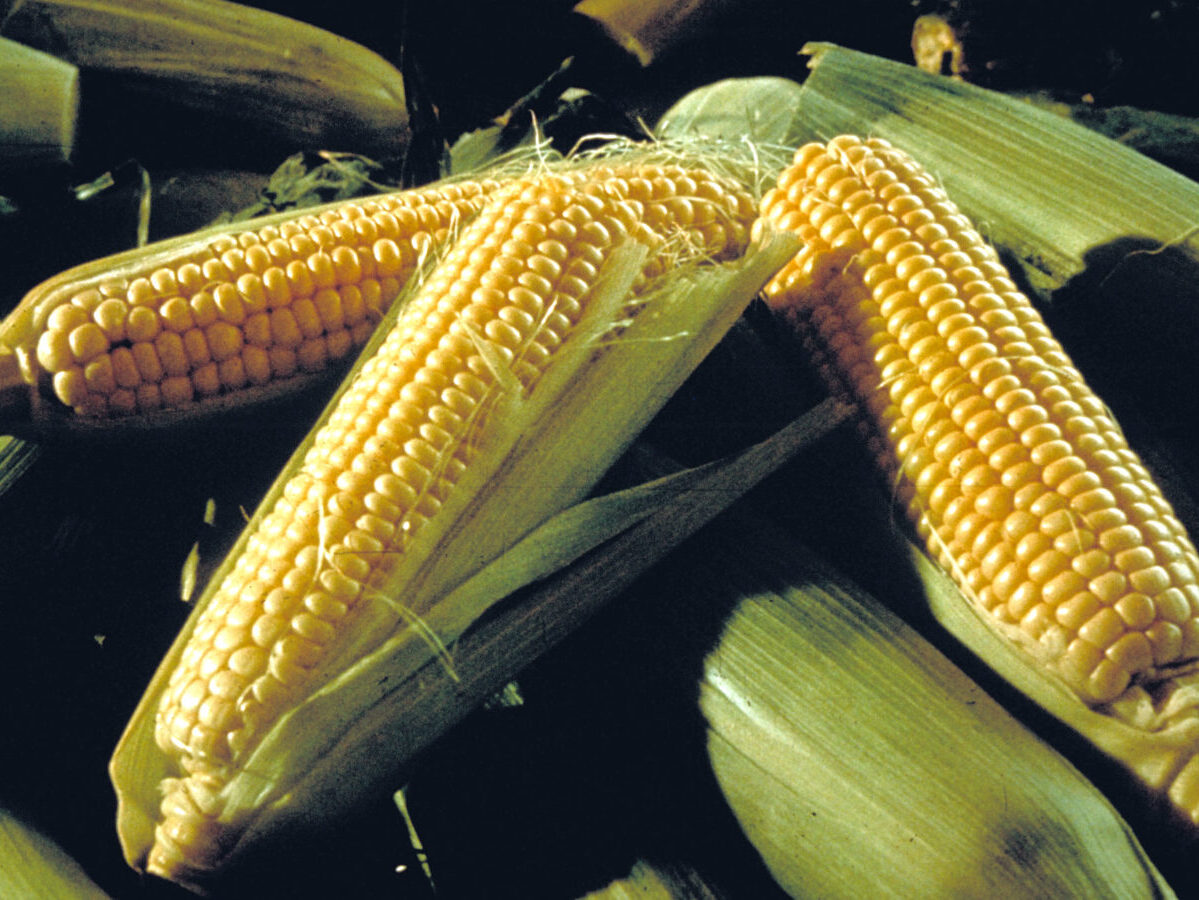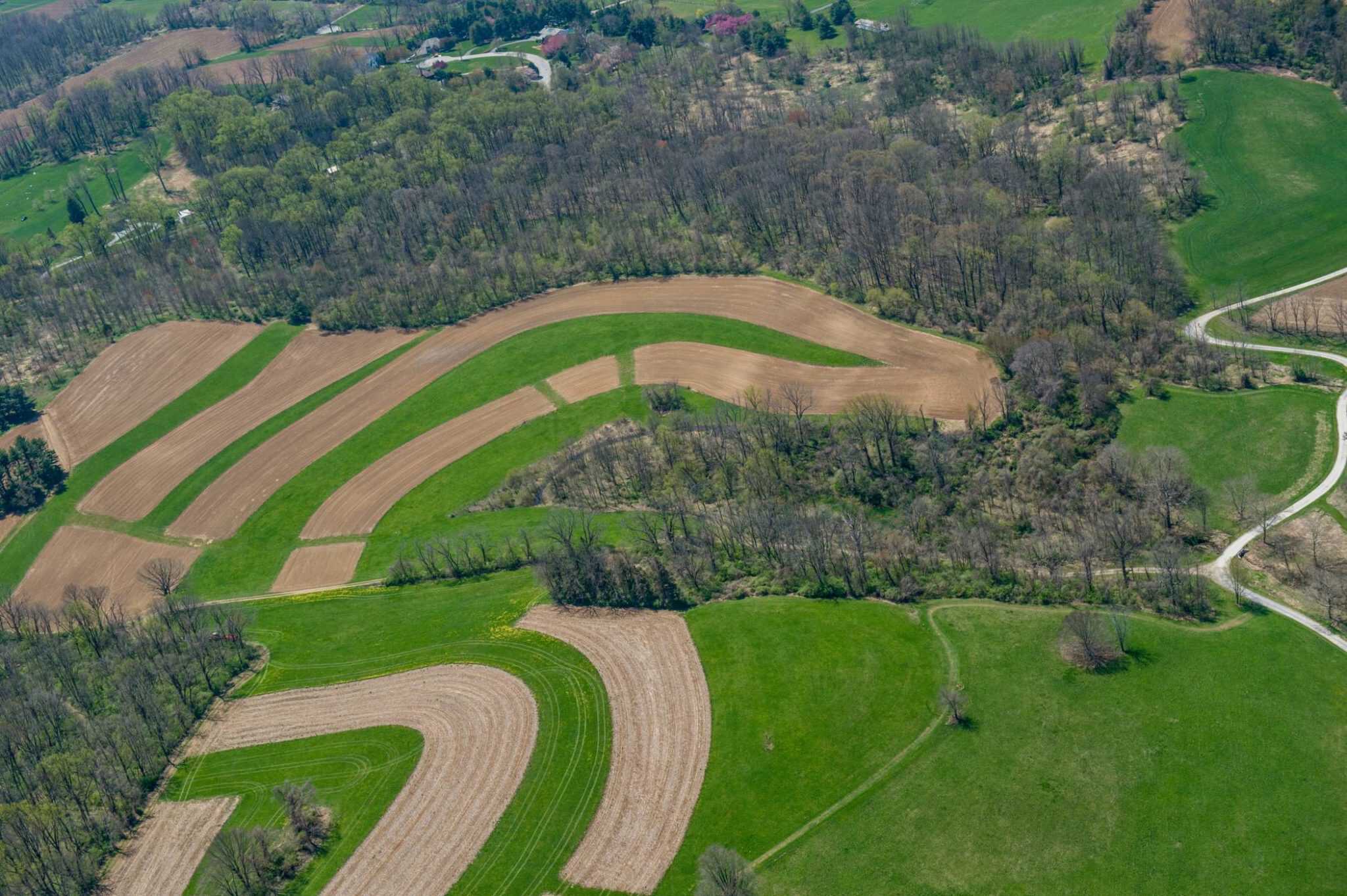Avian Biodiversity: Impacts, Risks and Descriptive Survey (A-BIRDS)
Project Director: Jeb Owen, Washington State University
Project overview
Wild insect-eating birds contribute to biological pest control and at the same time can expose crops and livestock to foodborne pathogens or other harmful microorganisms. Many organic producers manage diversified farms with complex landscapes that integrate cropland and pasture with natural areas that harbor birds, other wildlife, pollinators, and natural enemies of crop pests.
This project investigated the impacts of natural areas on wild bird abundance and diversity and the benefits and risks associated with wild birds in organic produce farms with and without livestock enterprises. Structurally diverse landscapes with small fields bordered by natural areas, and livestock-crop integration enhanced wild bird diversity. Fecal analysis showed that birds consume over 100 species of insect pests, that some birds carry the foodborne pathogen Campylobacter, especially on livestock-crop farms, and that increasing natural habitat areas can reduce the risk of crop contamination with this pathogen.

Farmer takeaways
- Increasing natural area around farms enhances native bird populations (e.g. robin) and reduces numbers of non-native birds (e.g., starling).
- Diversified farms with small fields bordered with natural habitat and complex landscape structure support robust populations and diversity of wild birds.
- Wild birds consume 100+ pest insect species and contribute to biological control.
- The foodborne pathogen Campylobacter occurs four times as often in non-native bird feces as native bird feces and is most common in livestock-crop integrated farms.
- Increasing natural habitat near production fields enhances biological control and reduces foodborne pathogen risks from wild birds.
Project objectives and approach
Relate wild-bird biodiversity to farm-management practices, through intensive field sampling and GIS modeling
Intensive whole-farm surveys of bird populations and species composition were conducted on a total of 52 farms in California, Oregon, and Washington. Farms varied in size from 1 to 670 acres and in percentage of acreage in natural vegetation or conservation buffer plantings. Half of the farms integrated vegetable and livestock enterprises and half grew vegetables only. Farm landscapes were recorded in aerial images and a comprehensive survey was conducted on farm management practices. Structural equation models were developed to relate farming system and management practices with bird populations.
Quantify the birds’ benefits for pest-insect control through molecular analysis of prey-DNA remains in bird feces
Wild birds were trapped in mist nets to collect fecal samples, which were frozen and later subjected to DNA analysis to identify species of prey and/or plants the birds had consumed. A total of 1,200 fecal samples were collected from birds trapped at 45 farms and DNA tested to determine what insects the bird had consumed. Feathers were also collected to conduct stable isotope analysis from which trophic relationships with invertebrate communities can be inferred.
Assess the birds’ risk of spreading pathogens and parasites that endanger food safety and human/livestock health
A total of 2,048 fecal samples were taken from birds captured at 52 farms in spring and fall (corresponding to wild bird breeding and migratory seasons, respectively) and tested for foodborne pathogens including Campylobacter, Salmonella, Listeria, and Escherichia coli. Another 1,217 bird fecal samples were collected from broccoli foliage, soil surfaces under broccoli plants, and from produce processing areas near fields. In addition, tracheal swabs and blood samples were taken from captured birds and tested for West Nile, avian influenza, other viruses, and blood parasites, and birds were examined for ectoparasites including fowl mites and ticks. The condition of mist-netted birds was noted to investigate whether bird condition showed any correlation with presence of foodborne or other pathogens.
Key findings
Natural areas, landscape diversity, and crop-livestock integration enhanced wild bird diversity and abundance
- A total of 134 wild bird species were identified across the 52 farms surveyed.
- The amount of natural area near farms was positively correlated with numbers of native birds (e.g., American robin) and negatively correlated with non-native species (e.g., European starling).
- The presence of livestock increased abundance and diversity of native bird species that consume insect pests but not of other native species that are likely to damage crops.
- Livestock integration also increased abundance of non-native birds.
- Although some exotic birds such as the starling and house finch are believed to compete with native birds, no evidence of negative impacts of non-native birds on native bird populations was seen in this study.
- The crop-livestock farms in this study had much more diverse and complex landscapes than the crop-only farms, with 7.3-fold smaller field sizes, 2.4-fold greater integration of woody crops, and 5.3-fold more pasture and hayland, all of which help to “attract robust native bird communities.”
Wild birds, especially native insectivorous species, contribute to biological pest control
- Prey DNA testing on 1,200 samples of bird feces collected from the 52 participating farms showed that wild birds consumed 30 orders of insects including 103 pest species, thus confirming farmers’ perception that birds provide a valuable agroecosystem service.
Wild birds pose some risk of carrying foodborne pathogens yet increasing amounts of natural areas on a farm can reduce this risk
- Campylobacter often occurred in bird feces from captured birds (10%) and in field-collected samples (13%) while Salmonella and E. coli occurred rarely (<0.2%).
- Campylobacter was found four times as often from non-native birds as from native birds.
- The odds of finding Campylobacter in bird feces deposited in production areas increased with mammalian livestock population density and decreased 1.1% for every 1% increase in natural areas.
- Two non-native bird species, house finch and European starling were especially common in livestock-crop integrated farms and are known to carry foodborne pathogens. Many of the crop-livestock integrated farms had poultry, a common carrier of Campylobacter.
Overall, project findings indicate that maintaining natural areas and a patchwork landscape with small fields bordered by natural areas can maximize the pest control benefits and reduce the food safety risks related to wild bird populations. This finding indicates the need for changes in current food safety guidelines that target natural areas as potential sources of food safety risk.
Region
Western
Topic
Conservation and Habitat, Insect/Pest Management
Category
Vegetables/Fruits, Herbs/Flowers, Grain and Field Crops, Tree and Vine Crops
Year Published
2023



